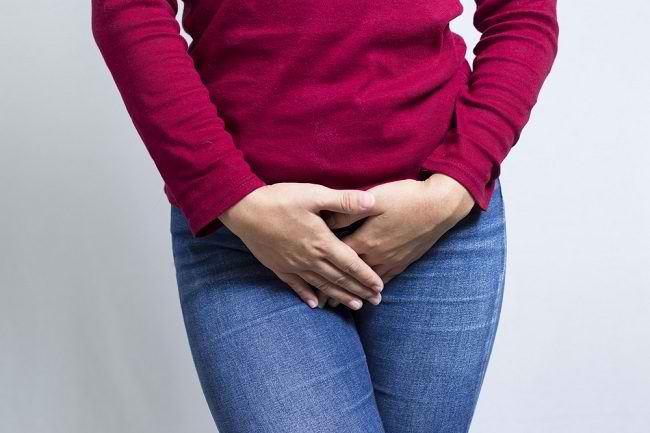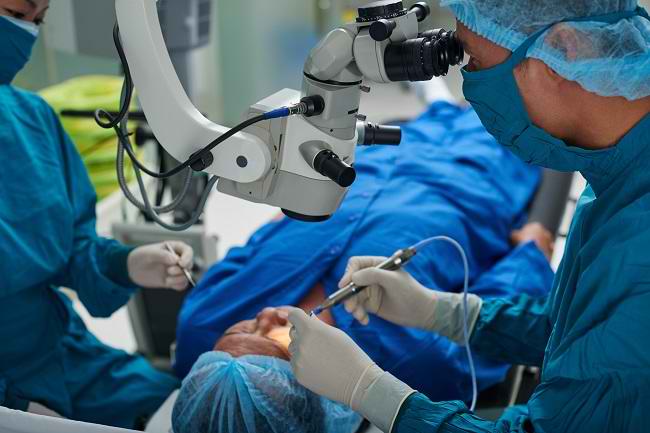Now wifi can be found not only in offices, but has also penetrated into housing, schools, and other public locations and facilities. However, there were doubts about the dangers or safety of wifi on health.
Wifi is the latest technology by using wireless local area networks (WLAN). Various other technological devices, such as cell phones and computers can be directly connected to wifi using radio waves, without having to plug in a cable first.

Radio Wave
When someone uses wifi or electronic equipment with wifi devices, it will be exposed to radio waves and some will be absorbed by the body. The concern that arises is the possible influence of these radio waves on damage to cells in the body, thereby triggering the growth of cancer cells.
Until now, the scientifically proven effect of exposure to radio frequency is an increase in body temperature, about 1 degree Celsius. However, it is only found in certain locations with very high exposure. Under normal exposure, no increase in temperature was found that had an impact on human health.
Although in some countries, wifi has also been associated with the risk of certain diseases, such as neurological disorders, heart disease, and cancer, this is not well-founded and is not supported by strong evidence.
Radiation Still Tolerable
Wifi is classified as emitting non-ionizing radiation or low energy. Radiation that is almost the same as that emitted by cell phone signals, radio waves, television, microwaves, and ultraviolet (UV) radiation.
Furthermore, the signal from wifi and WLAN is classified as very small, which is around 0.1 watts on a computer and router. This figure is still acceptable within the radiation limits issued by international organizations. In fact, the radio waves emitted by wifi is lower than that of a mobile phone.
Recent surveys reveal, exposure to radio waves from the main base and public wireless technology is still far below the international limits allowed. Even so, radiation exposure generated by wifi can also be influenced by other things, such as placement router improper wifi. Therefore, be sure to put router wifi at least 20 centimeters from inside the house. It aims to reduce radiation exposure resulting from wifi.
In response to the speculation and tension surrounding this matter, the World Health Organization or World Health Organization (WHO), then conducted a study to obtain scientific evidence. Followed by the WHO statement, as long as the exposure is below a tolerable radio frequency, which is 0-300 GHz, there is no known effect on human health. However, radio frequencies that exceed these limits are considered unhealthy.
So have no more doubts, right? Because, until now the concern about health problems due to wifi has not been scientifically proven. Come on, back to surfing in cyberspace!









